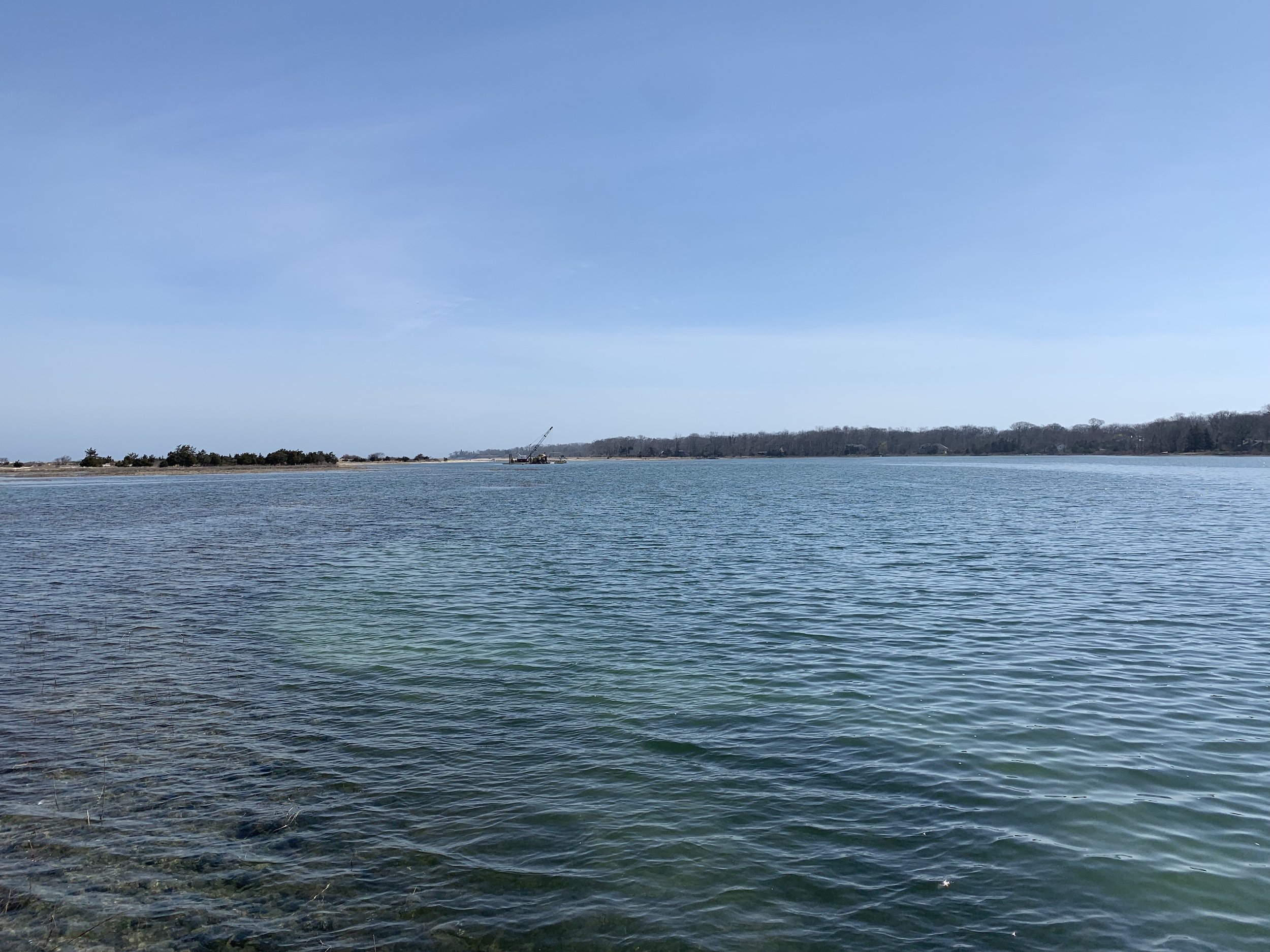
Research
Current Focus: Carbon Dioxide Removal (CDR)
Technologies and approaches that remove carbon dioxide (CO₂) from the atmosphere are generally referred to as carbon dioxide removal (CDR), and those that leverage the natural role of the earth’s oceans are called ocean CDR. There is now scientific consensus that limiting global warming to acceptable levels will require significant deployment of CDR in addition to decarbonization. The Eisaman Lab is investigating multiple aspects of ocean CDR ranging from the underlying science to the engineering implementation and techno-economics.
The Lab’s primary focus areas within ocean CDR include:
Using technology to accelerate the earth’s natural carbon dioxide removal mechanisms
How can electrochemistry be used to mimic the carbonate-silicate cycle via ocean alkalinity enhancement (OAE)? What electrode materials, membranes, and electrochemical processes minimize the energy required per ton of CO₂ removed? How can electrochemical OAE be co-optimized to pair with other CDR methods? Can we develop new, gigaton-scale uses for the acid generated by electrochemical OAE?
New sensor and process development for measurement, reporting, and verification (MRV)
What unique performance characteristics (accuracy, precision, drift, etc.) are required of carbonate chemistry sensors to allow direct measurement of the carbon dioxide removed via OAE approaches? How can new low-cost sensors meeting these criteria be designed? Can we modify the OAE process itself to make MRV easier? Can we model sensor networks to design the optimal algorithm for multi-sensor MRV networks?
Environmental and social impacts of carbon dioxide removal technologies
What are the potential impacts, both beneficial and detrimental, of electrochemical OAE on marine ecosystems? How can OAE systems be designed to maximize the positive impacts and minimize the negative ones? How can the field of carbon dioxide removal, and electrochemical OAE in particular, be communicated to stakeholders and the general public?
Techno-economic and life-cycle analysis
What are the primary cost-drivers for carbon removal technologies and how can these costs be minimized? How can electricity-driven CDR processes lower overall CO₂ removal costs and enable the expansion of renewable electricity by providing grid flexibility? Given constraints such as local ocean conditions, availability and cost of renewable electricity, and waste brine sources, what are the optimal locations for electrochemical OAE?



